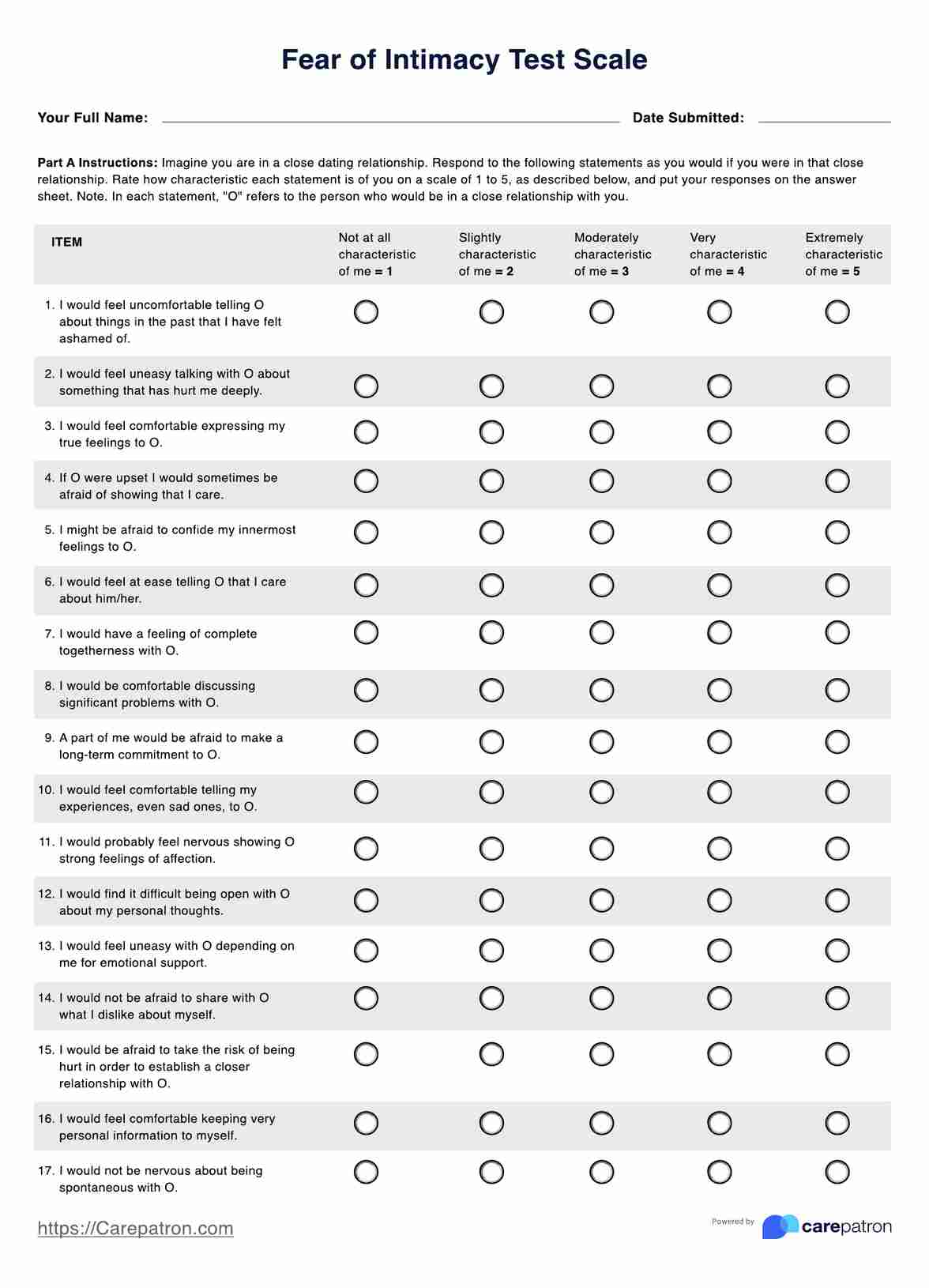The duration of answering the test may vary depending on how it is administered. If given to the patient to answer independently, it typically takes between five to ten minutes. However, if the test is conducted as an interview-style assessment, it can potentially take longer than the initial estimate of five to ten minutes.












